If you want a preview of all the coolest tech coming out over the next two years, look no further than CES. The world’s largest electronics show just wrapped up in Las Vegas, and this 2025 edition featured more than 1,300 Chinese companies — over a quarter of all exhibitors. To help you stay ahead of the trend, we’ve highlighted 10 of the most interesting Chinese products from the show floor.
Roborock Saros Z70: a robot vacuum that can pick up socks and sandals
Robot vacuums are only useful when you have a relatively clear floor space, but what if they can also help pick up objects? Roborock’s answer is its brand new Saros Z70, a bizarre mop-vacuum combo with a foldable, 5-axis mechanical arm.
With the magic of AI, the robot can identify obstacles, gently pick them up (so long as the load is under 300g), and put them aside or drop them off at designated spots. At the moment, supported objects include socks, sandals, crumpled tissues (eww!) and towels. More items will be added to the database over time.
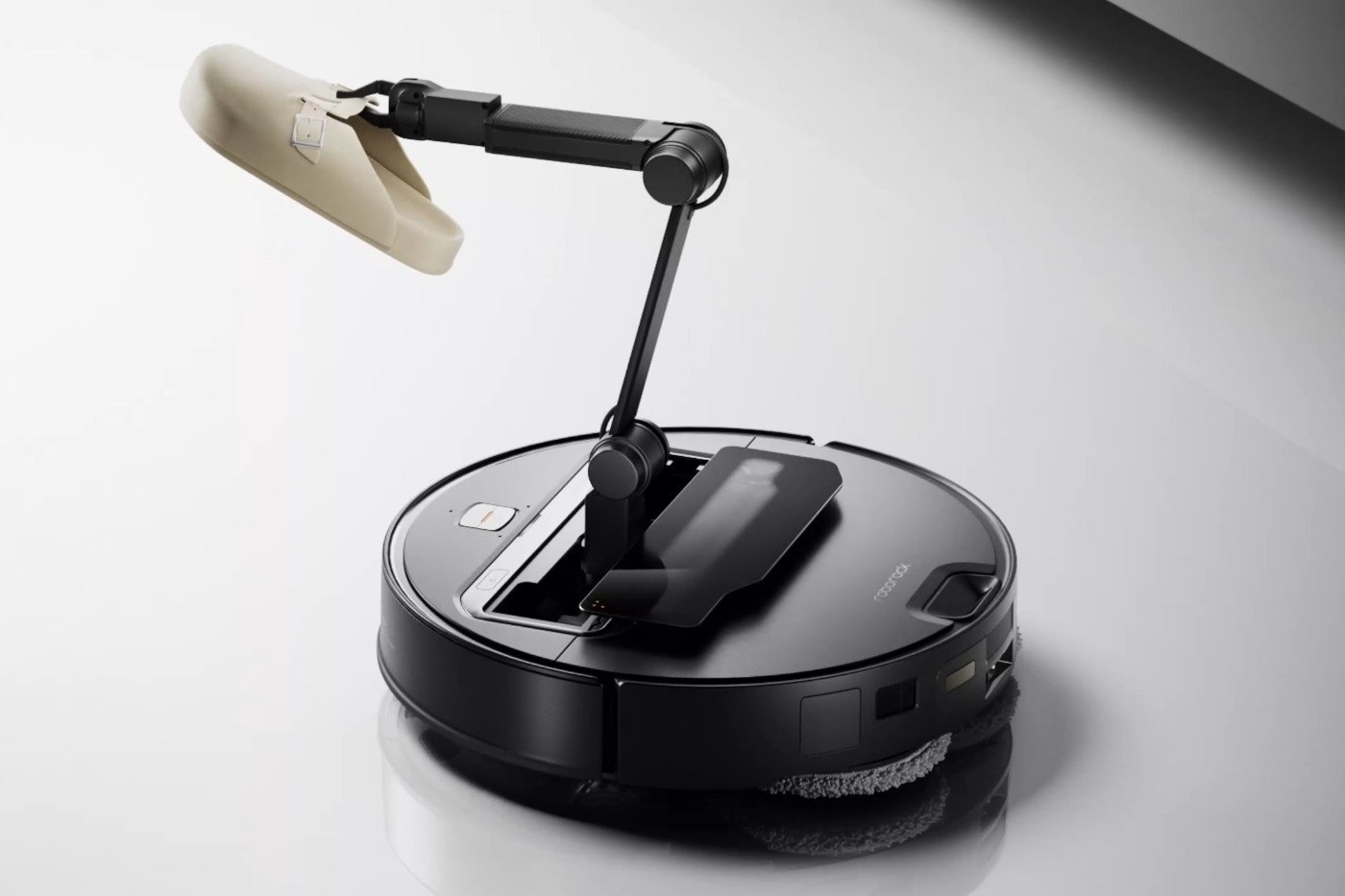
The Saros Z70 also has a beastly suction power of 22,000 Pa — roughly doubling that of most flagship models from 2024. The accompanying base station takes care of the robot’s dust bin and water tank, but more importantly, it also washes and dries the mop, allowing for hands-free maintenance.
Expect this product to roll out some time in the first half of 2025. Rumor has it that it’ll cost somewhere north of $2,000.
SwitchBot K20+ Pro: a multitasking household robot
Service robots have yet to go mainstream after all these years, but the clever folks at SwitchBot are giving this category a crack with a fresh idea. The K20+ Pro comes in two parts: a small robot vacuum at the bottom, and a wheeled “FusionPlatform” that gets pushed around when summoned.
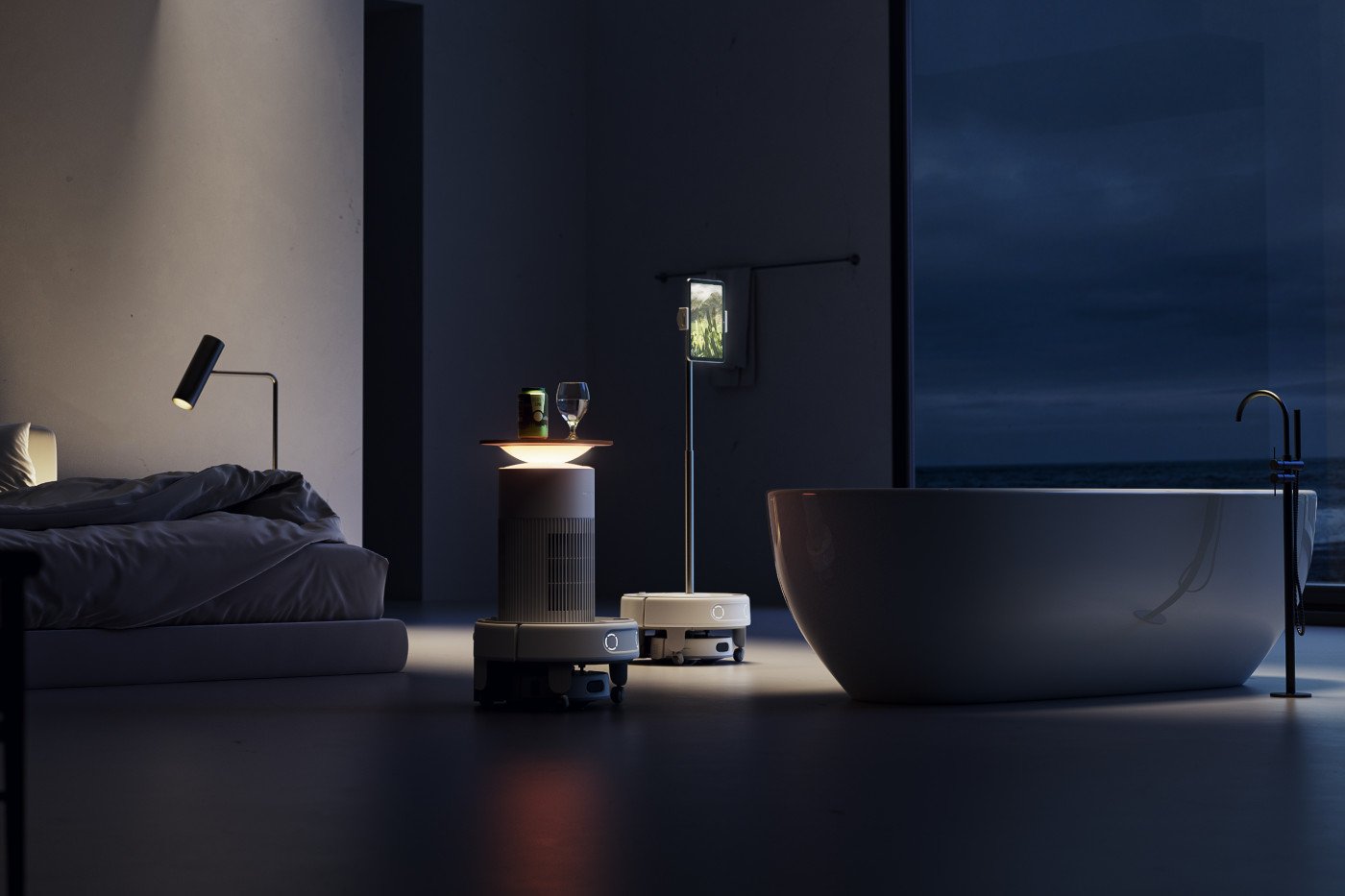
The FusionPlatform offers an array of ports, mounts and contact pins for pairing with your desired appliance. Compatible devices so far include a fan, an air purifier, a tablet stand, a webcam, a mini fridge and, potentially, a humanoid robot. Even a simple basket works, if you only need room-to-room delivery (up to 8 kg load). SwitchBot also welcomes DIY enthusiasts to make their own 3D-printed parts for this versatile design.
There’s no word on pricing nor availability just yet, but when the K20+ Pro does go on sale later this year, it’ll likely be much more affordable than any other existing service robot.
Lenovo ThinkBook Plus Gen 6 ‘rollable’ laptop
What’s a “rollable” laptop, you ask? Well, imagine your laptop screen magically extending upward, which is made possible with a flexible OLED panel that rolls out of the hinge. After years of development, Lenovo is finally pushing out the ThinkBook Plus Gen 6 as the world’s first laptop to implement such a design, which allows you to switch between its native 14-inch mode and extended 16.7-inch mode — the latter offers twice as much screen real estate. This means you can finally ditch your external monitor, so long as you don’t mind getting too much attention with your funny-looking laptop.

There are two ways of triggering the screen extension: there’s a dedicated button on the keyboard, or you can extend your arm out and perform a swipe gesture upward or downward (now you’re really showing off). Just remember to retract the screen before you close the lid. Lenovo claims this futuristic display can withstand at least 20,000 rolls, and it can also last for up to 30,000 folds — this happens every time you close the lid, since the rolling mechanism is tucked into the chassis.
The Lenovo ThinkBook Plus Gen 6 will be available from June 2025, though it’s asking for an eye-watering $3,499. That’s a big leap of faith for a design that’s yet to be tested in the market, not to mention the fact that attempts at rollable smartphones haven’t even gotten past the prototype stage in recent years.
XPENG AEROHT’s ‘Land Aircraft Carrier’
With China pushing its “low-altitude economy” development, Chinese flying car makers have been showing up at the likes of CES and Beyond Expo in the past two years. XPENG AEROHT is one such operation, and it returned to this year’s CES to show off its Land Aircraft Carrier. In a nutshell, this is a six-wheeled electric minivan that carries a small, six-rotor, two-seat eVTOL (electric vertical takeoff and landing) aircraft in its trunk. The eVTOL successfully conducted its first-ever public manned flight at the Auto Guangzhou show in November 2024.
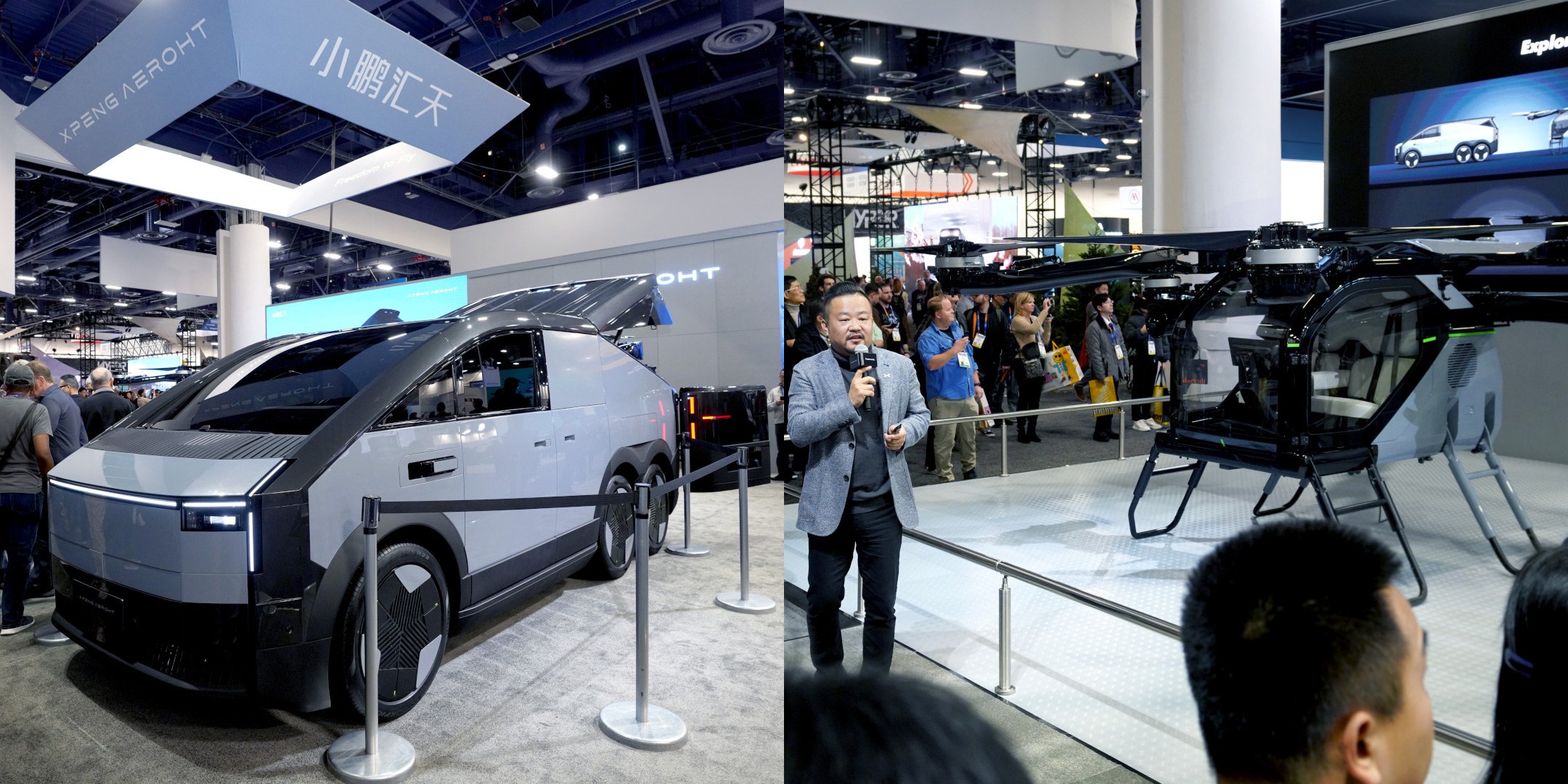
The aircraft takes around 5 minutes to undock from its “mothership,” with its six rotors automatically unfolding in the process. A full charge is expected to support a flight time of around 15 minutes, and with the mothership’s full fuel tank (for its range extender) plus full battery, you can recharge the aircraft up to 6 times (it takes 18 minutes to go from 30% to 80%, thanks to its 800V electrical system). When done, it also takes 5 minutes to automatically load the aircraft back into the trunk.
The car itself has a combined range of over 1000km as per CLTC measurements (which should translate to about 820km by the more international WLTP standard), so it should be good enough for road trips to deep rural areas.
Despite the heavy cost of around RMB 2 million ($273,000), XPENG AEROHT claims it has received 3,000 “intent orders” for this two-in-one vehicle, with deliveries commencing in 2026. You’ll also need a pilot license to operate this aircraft, of course.
Anker Solix Solar Umbrella
It’s January, so it’s about damn time we start planning our summer (unless you’re in the Southern Hemisphere, of course), and battery giant Anker is already one step ahead of us. The Solix Solar Umbrella looks very much like any beach or patio umbrella, except it’s lined with next-gen perovskite solar cells on top, which are so efficient that you get up to 100W through the umbrella’s XT-60 connector and USB-C cable. Just imagine having a sunny day out on the beach with this handy gadget powering your electric cooler or juicing up your various gadgets.

Other specs for the Solix Solar Umbrella include a height of 215cm and a diameter of 190cm. Anker has yet to share a price, but it’s thankfully targeting a summer 2025 launch.
Unitree B2-W robot dog
Robot dogs never fail to impress as they get more agile over the years. In the case of Unitree, its team of engineers had the balls to add wheels to their already nimble B2 quadruped bot, dubbing it B2-W. Together with its consumer-grade Go2 quadruped and eerie G1 humanoid counterparts, the B2-W was an instant hit on the CES show floor, but you’ll have to check out the official demo videos to truly understand its full capabilities. Watch as it performs acrobatics on four or even two legs, scales down cliffs, and cruises over ramps with a human rider on top.
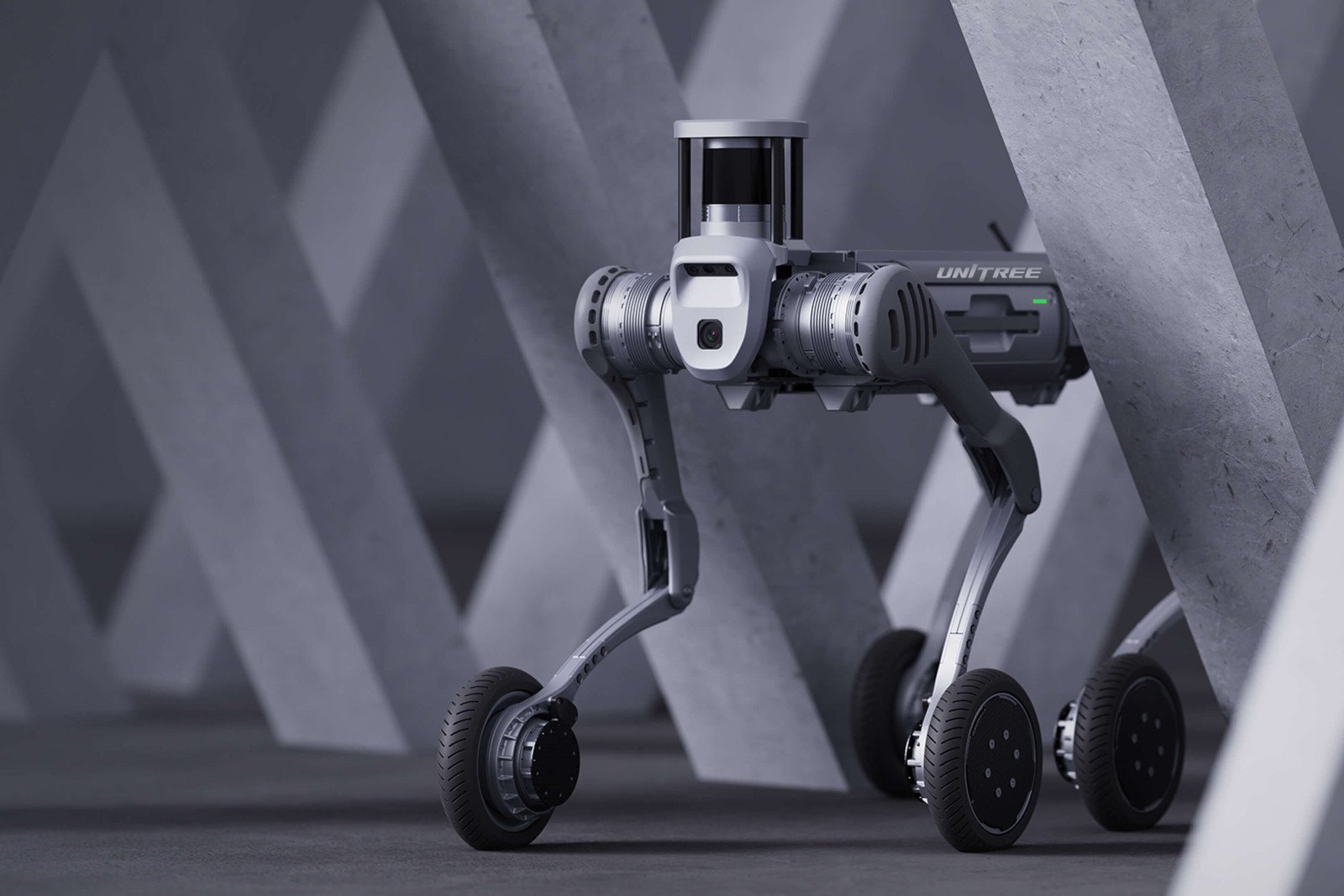
The B2-W has a maximum speed of 20 km/h, with a maximum endurance of 50 km when carrying a 40 kg load. The whole machine weighs around 75 kg (battery included). Unitree hasn’t disclosed the price for both the B2 and B2-W, but word on the street is that the former is sold for around RMB 400,000 (about $55,000) in China.
GlocalMe GPet tracker
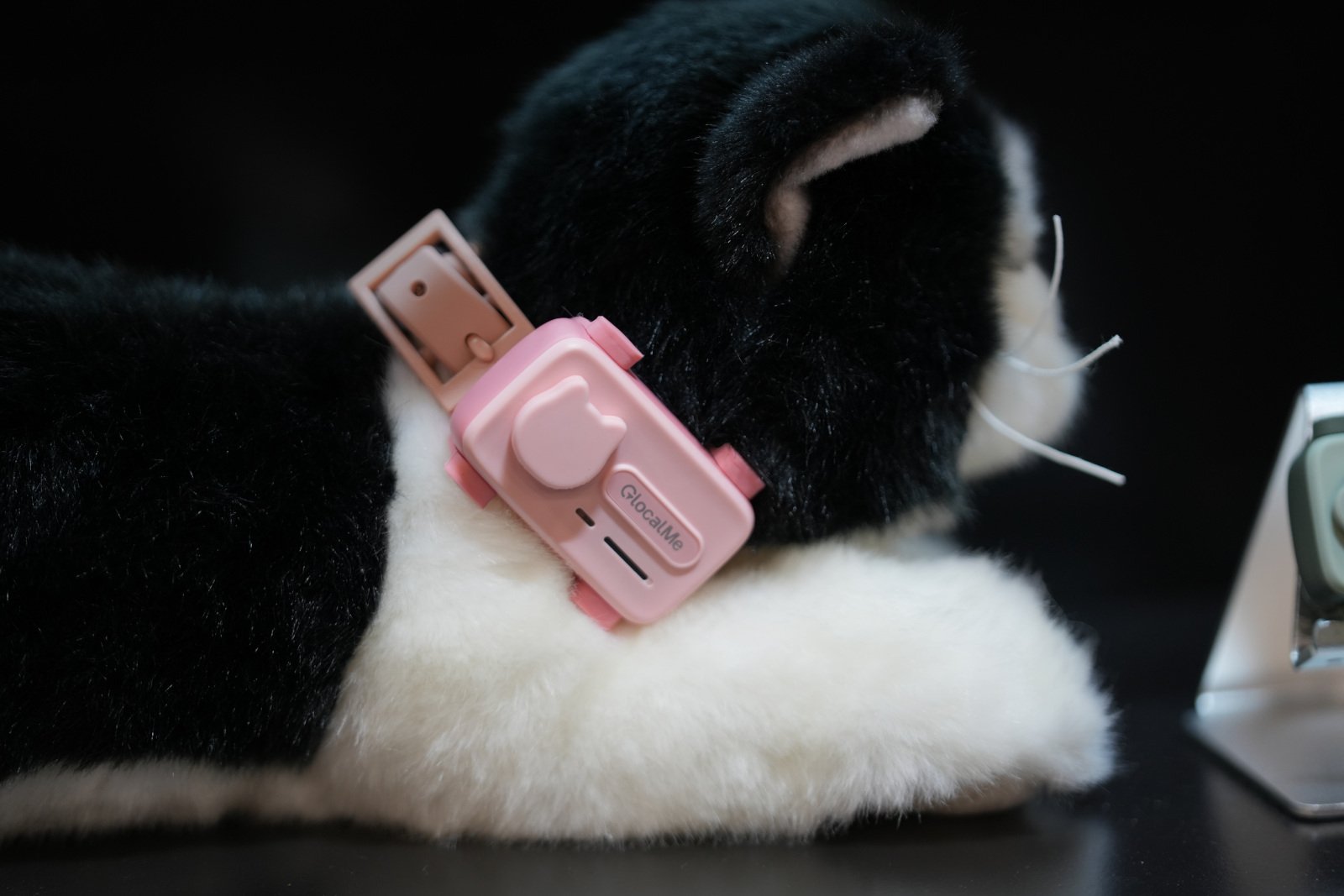
While Apple’s AirTag has become a popular choice for tracking one’s pets, it only works when it’s surrounded by several other AirTags and recent Apple devices. In other words, if your dog runs into the woods, its AirTag won’t be of much help. This is where GlocalMe’s GPet comes in.
This nifty little device leverages the company’s expertise on cloud SIM technology (in which no physical SIM card is needed; unlike eSIM, it’s not tied to one virtual card), so it has cellular radio for both triangulation and data connection. Additionally, the device has the usual GPS radio for precise tracking, but if it struggles to reach satellite signals, it can still use Wi-Fi and Bluetooth to get a rough idea of its location.
The GPet also comes with self-explanatory “AI Wellness” and “Pet Interaction” features, but in theory, you can use it to track your kids and belongings as well. Stay tuned for pricing and availability later this year. GPet’s service will likely require a subscription.
Shokz OpenFit 2 earphones
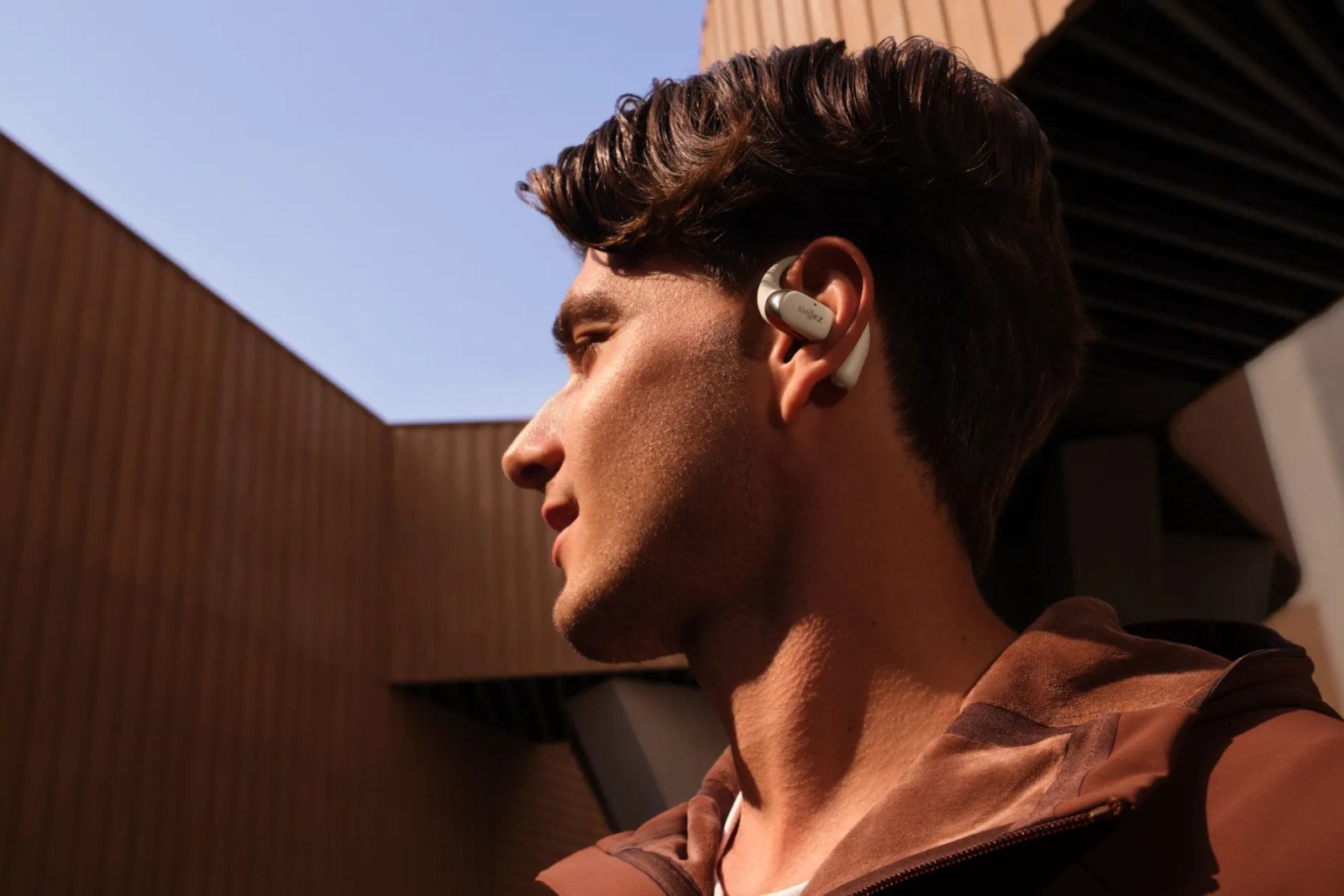
There’s a good chance that part of your new year’s resolution is exercise more. If that’s the case, you may want to consider the new Shokz OpenFit 2 true wireless earphones. Shokz is well known for its open-ear designs for the sake of safety and hygiene, making its earpieces ideal for workouts.
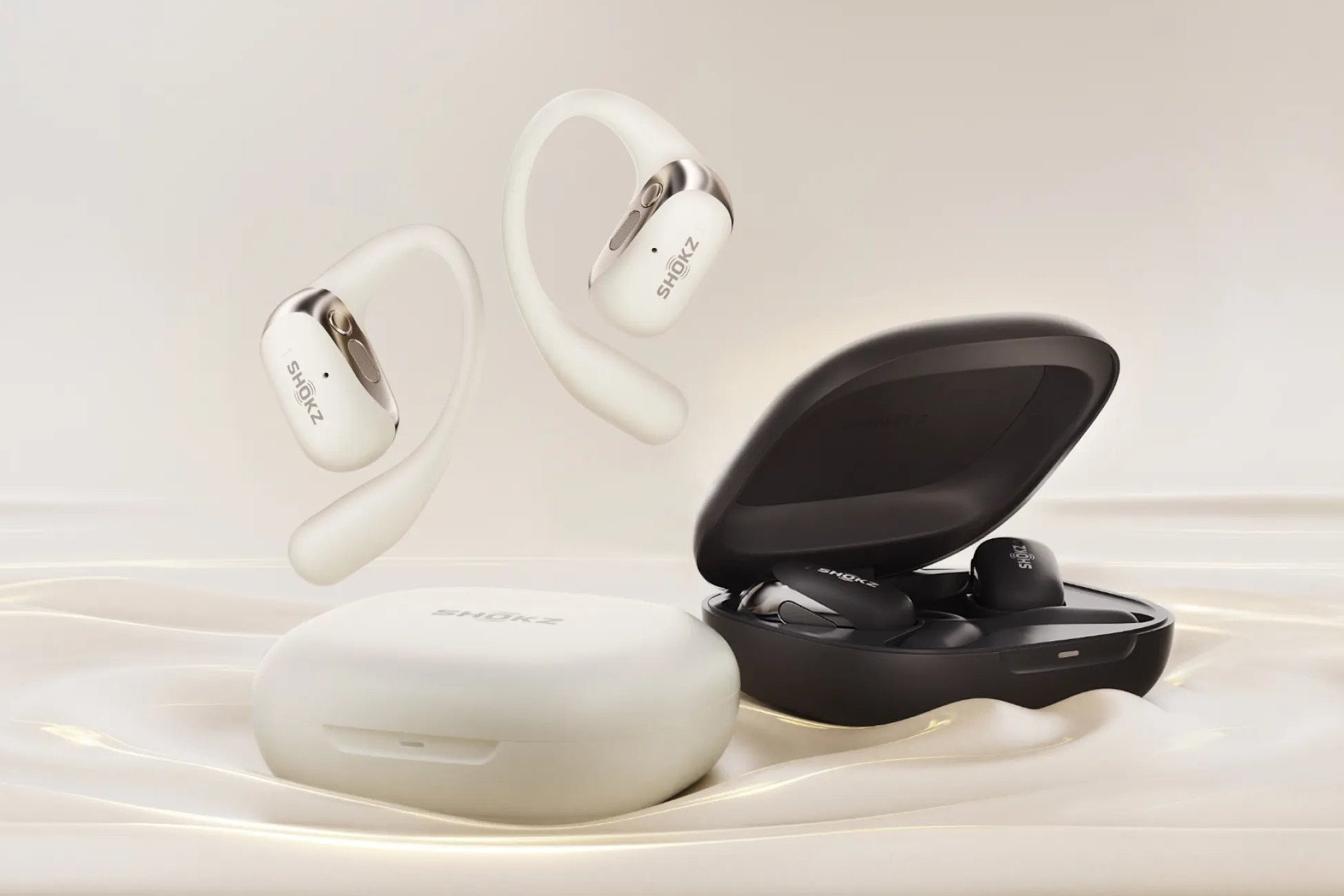
It wasn’t until mid-2023 that the company finally launched its first true wireless earbuds, the OpenFit. These were also the first to move away from the company’s signature bone-conduction technology, in favor of the better-sounding standard drivers.
Fast forward to today, the new OpenFit 2 fixed all the pain points of the original model, offering improvements on ergonomics, sound quality, and battery life. You can pick up a pair for $180 in the US.
Bebird EarSight Flow ear cleaner
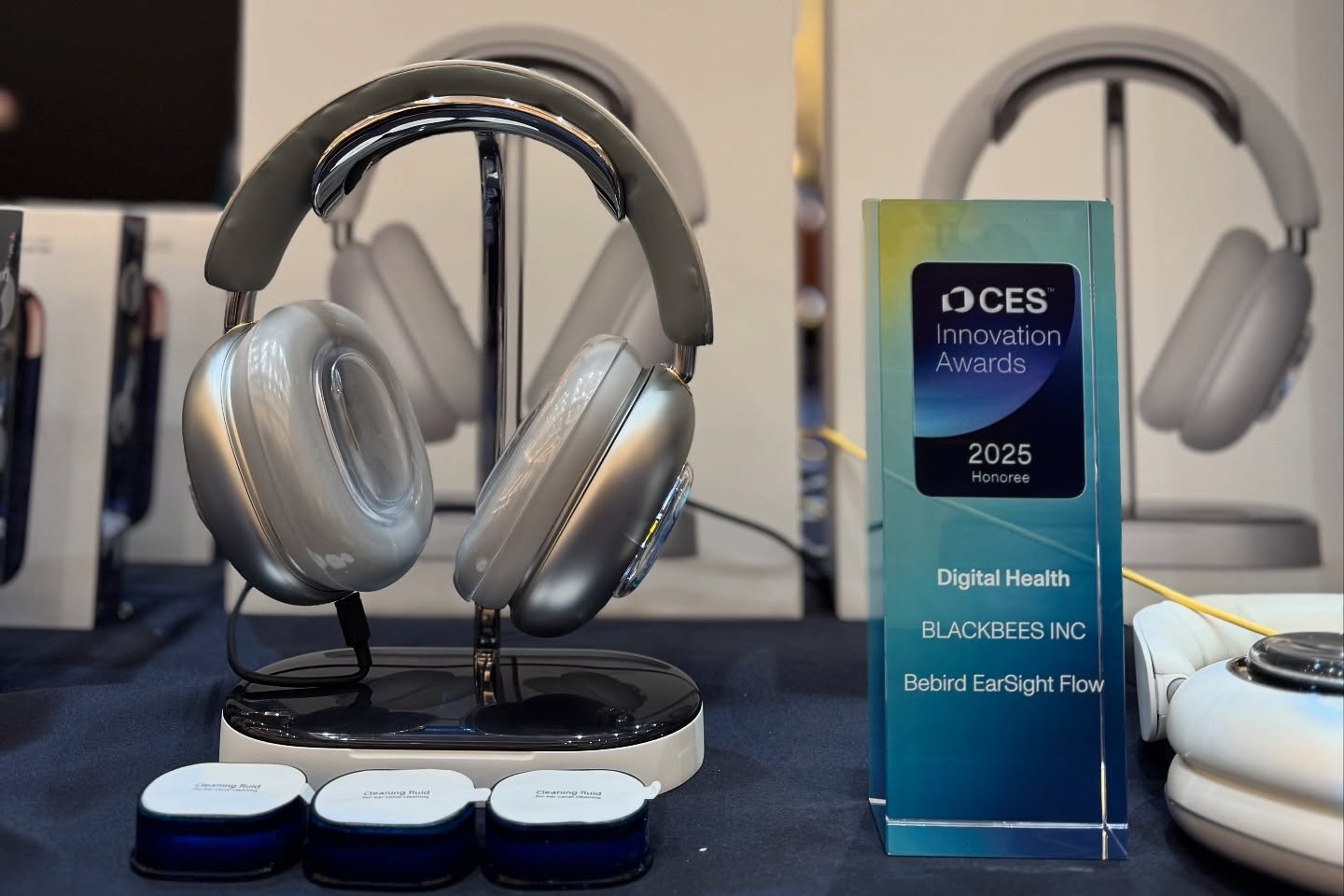
With the rise of wireless earbuds in recent years, our ears are more prone to earwax buildup these days. Enter the Bebird EarSight Flow which, at first glance, may look like a pair of ordinary over-ear headphones. In fact, it’s an ear cleaner that provides a video livestream of your ear canal during the cleaning process. You know you’ll want to watch that.
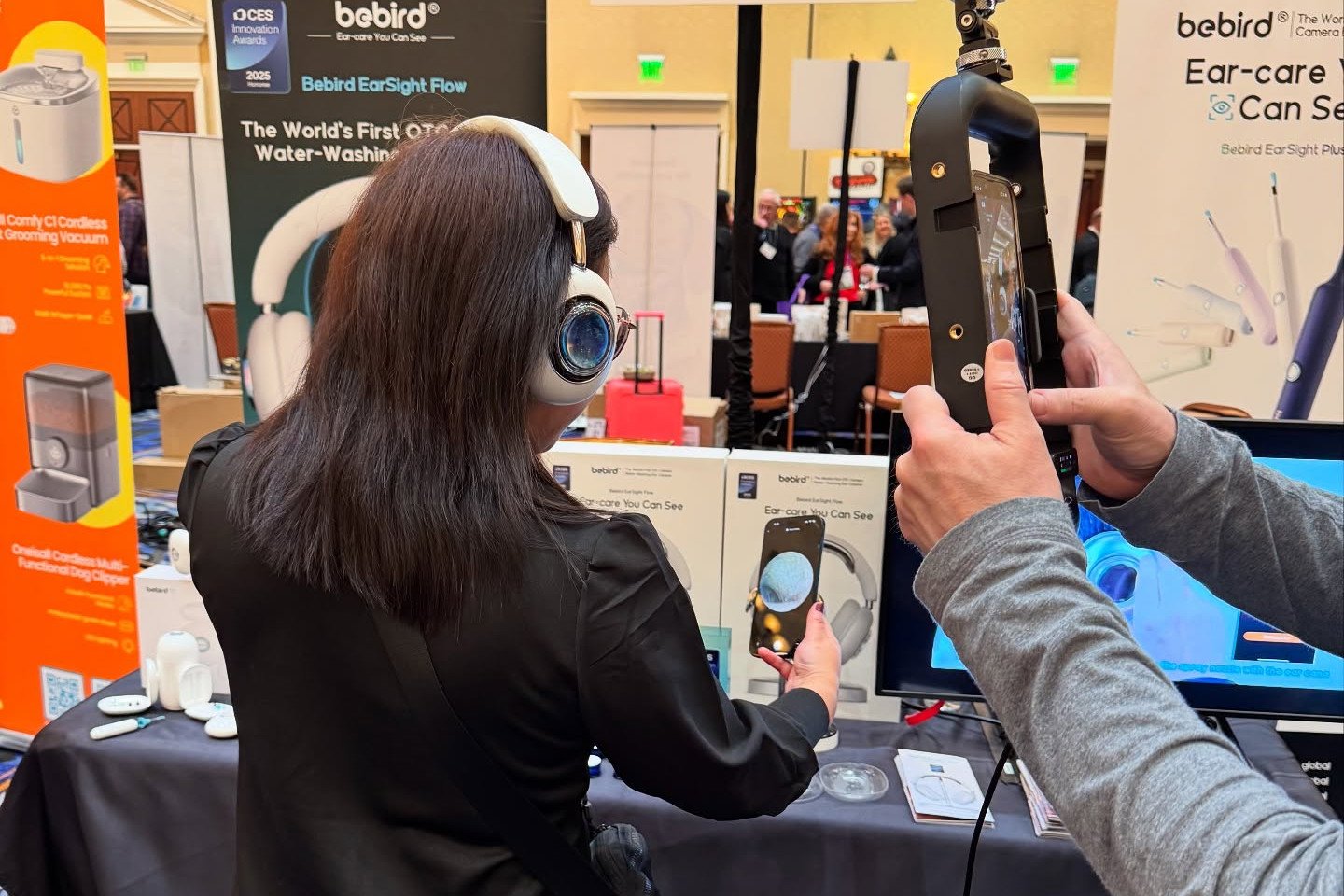
One side of the EarSight Flow stores and intelligently warms up water, which is then supplied to a spout inside the other can to gently shoot the warm water into your ear canal. With the app, you can adjust the optical lens on a ball axis to get the perfect view of the action — you can see debris being flushed out in real time. Towards the end, the spout switches to drying mode. Then you flip the headset and repeat the process for your other ear.
The Bebird EarSight Flow costs $199, which is probably worth the investment down the road.
XREAL One Pro AR glasses
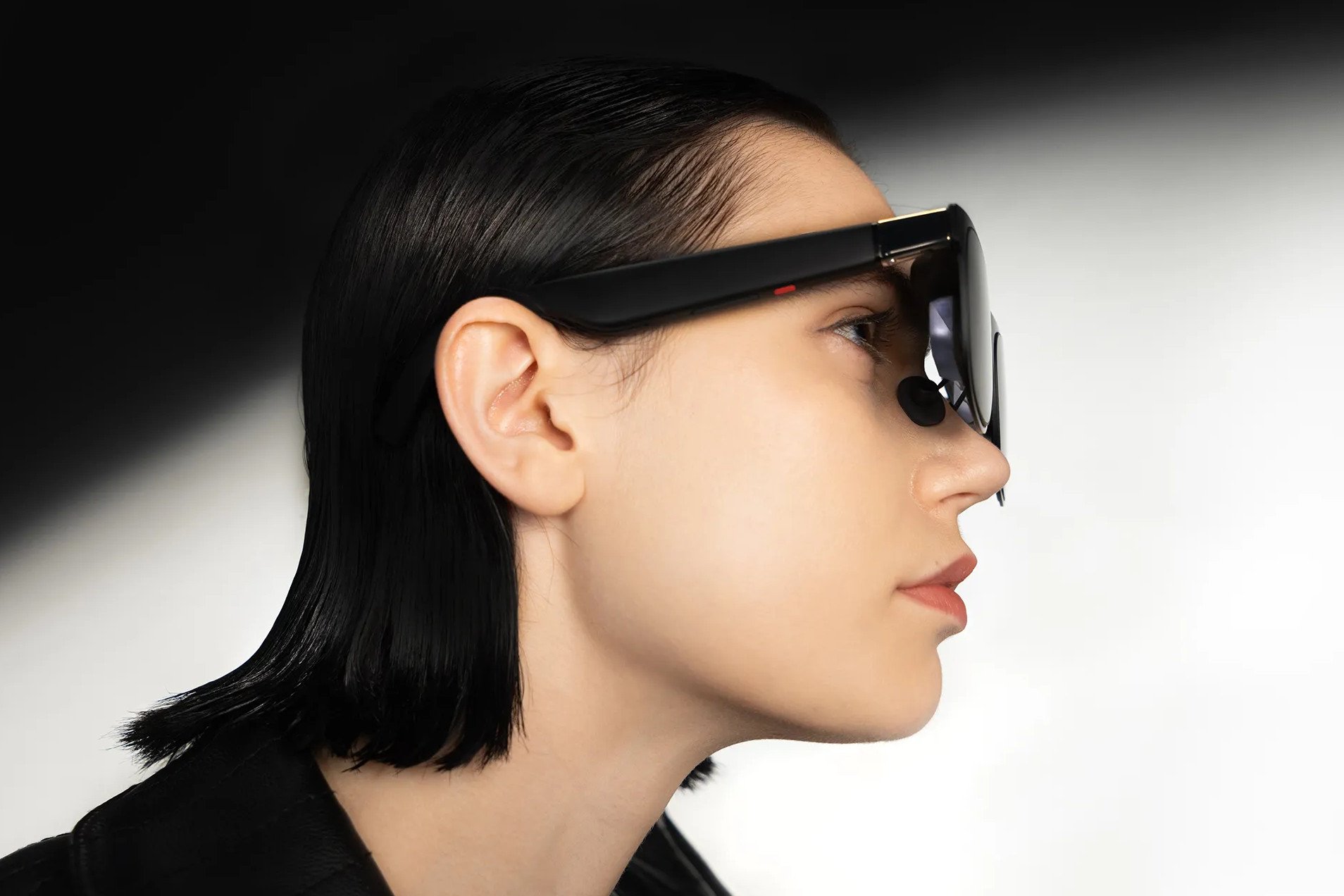
XREAL just set a new benchmark for AR glasses, thanks to an optical breakthrough that slimmed down its eyewear further. The One Pro is the industry’s first to move from the triangular “birdbath” lenses to flat prism lenses for its micro OLED displays, thus drastically reducing the thickness and making the gadget more inconspicuous. The One Pro also got a FOV (field of view) boost of up to 57 degrees, meaning a 63.6% larger display area compared to its predecessor. You have a 171-inch virtual screen all to yourself, which is handy for both work and play.
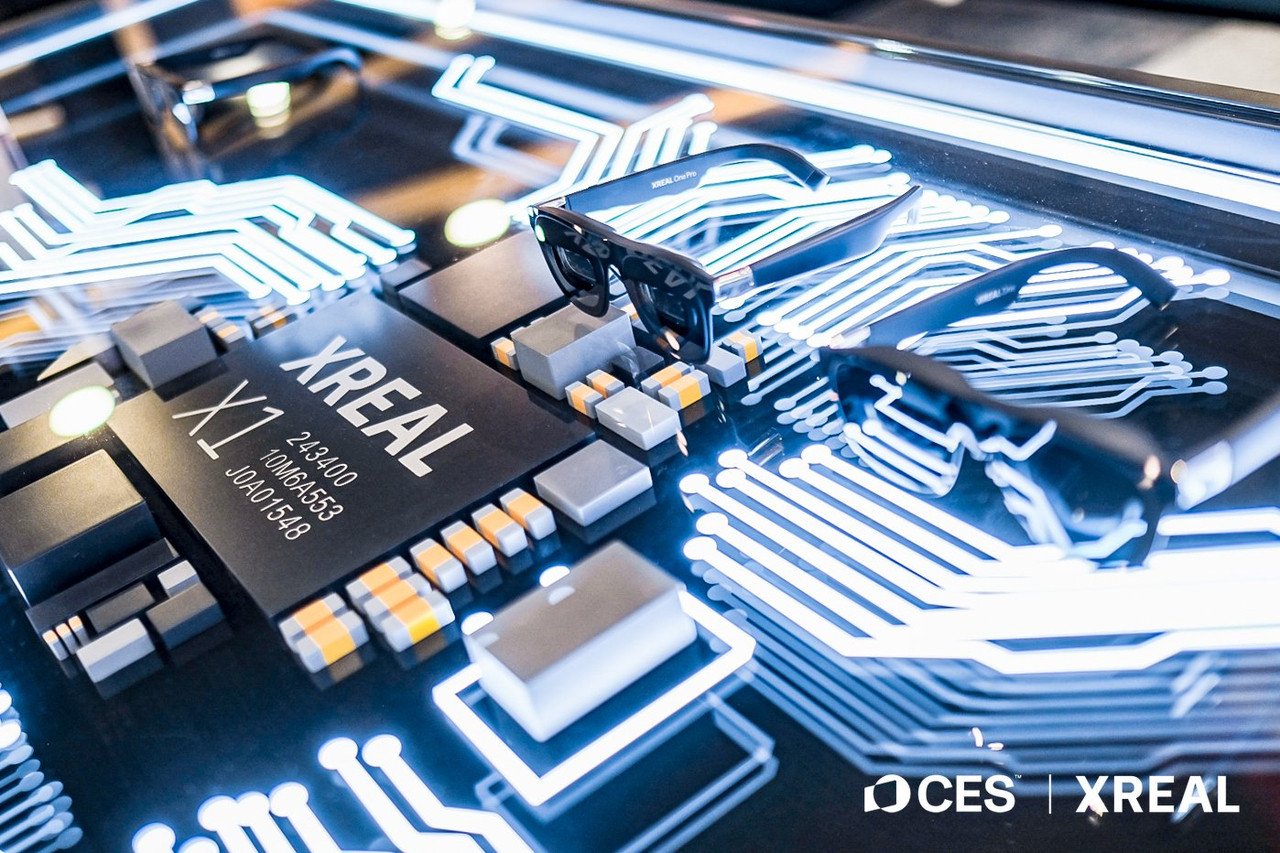
With the new optics and new “Sound by Bose” collaboration, the XREAL One Pro makes a great entertainment tool when plugged into your iPhone, Android phone, computer or gaming console — including the Nintendo Switch or PlayStation 5. The powerful X1 spatial computing co-processor ensures “an incredibly low motion-to-photon (M2P) latency of only ~3ms at 120Hz,” meaning it responds pretty much instantaneously when you shake your head. The pricey Apple Vision Pro only manages a much slower 12ms M2P.
You can pre-order the XREAL One Pro now for $599, with first shipments expected in March 2025.
Banner image via Lenovo.












